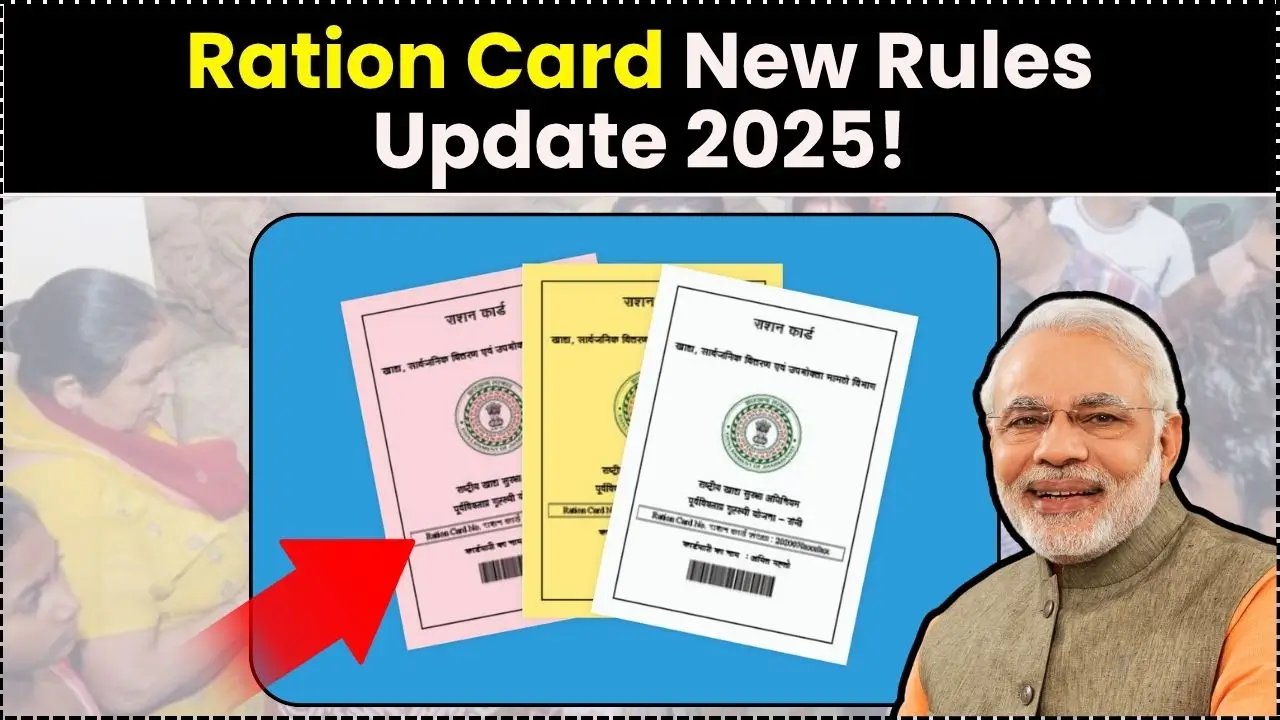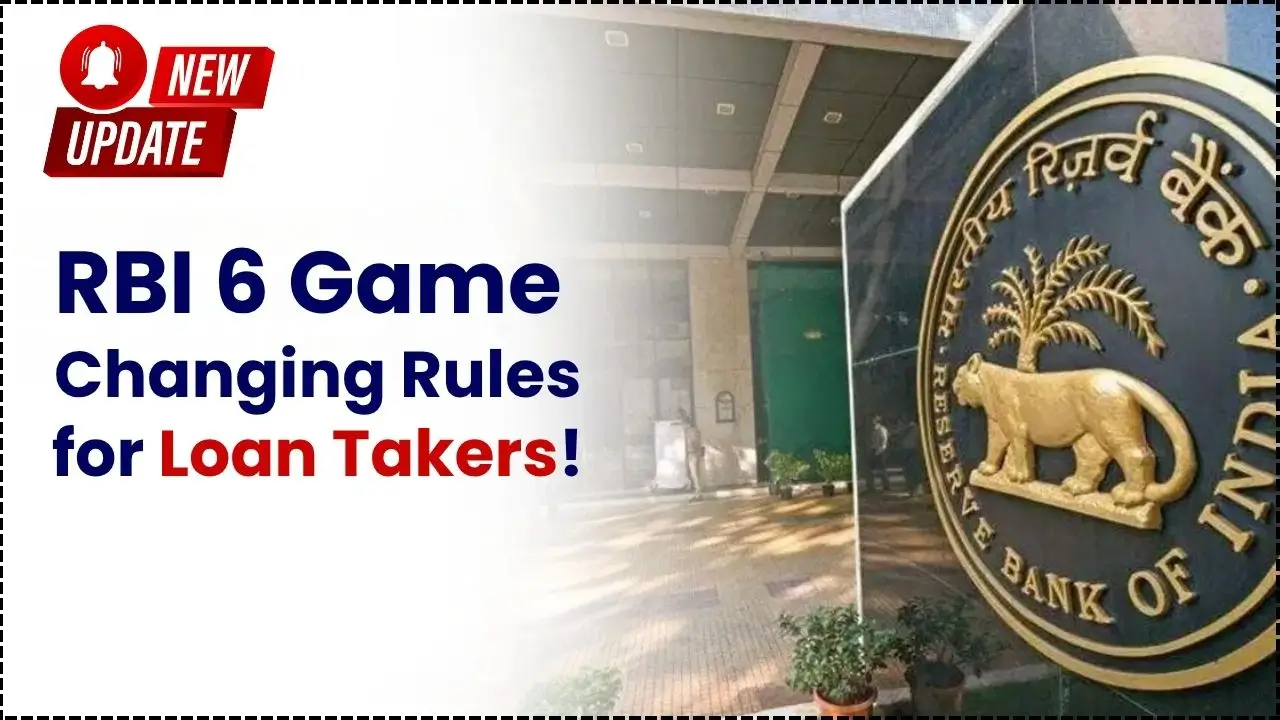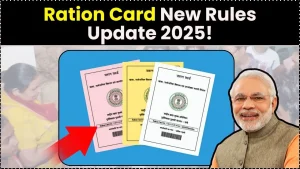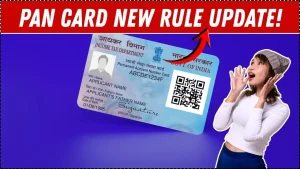The Government of India has introduced the Senior Citizen Card 2025, scheduled to take effect from 1 November 2025, offering retirees seven significant new benefits spanning health, travel, social support and financial services. The measure aims to streamline access and enhance protections for the country’s ageing population.
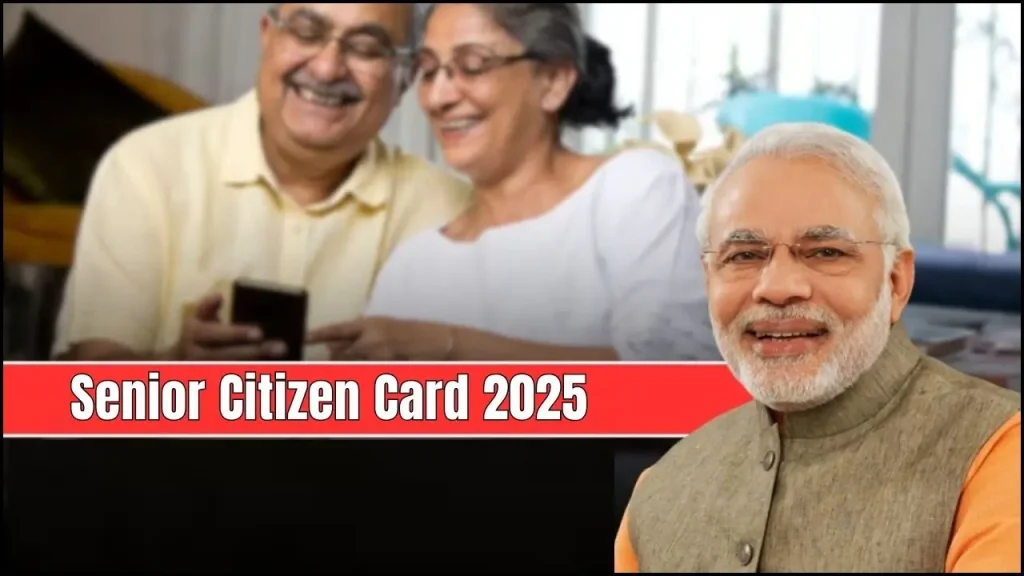
Senior Citizen Card 2025
| Key Fact | Detail / Statistic |
|---|---|
| Card launch date | Nationwide implementation from 1 November 2025. (@news4nation.com) |
| Health-cover expansion | All senior citizens aged 70+ eligible for cover up to ₹5 lakh under the “Ayushman Vay Vandana” scheme. (Ministry of Health and Family Welfare) |
| Demographic scale | India’s 60+ population projected at roughly 230 million by 2036. (Press Information Bureau) |
The Senior Citizen Card 2025 marks a significant step towards making older-age benefits more accessible, simplified and unified for India’s growing senior population. While the core policy design shows promise, its impact will depend on effective roll-out, state implementation, infrastructure support and conscious efforts to bring seniors into the digital paradigm. As one official put it: the card is “not just an identity, but a passport to dignity and entitlement” for the elder-generation in India.
What the Senior Citizen Card 2025 Offers
Seven New Benefits Unpacked
The card brings together a range of enhancements to existing welfare frameworks (KW2: “travel and mobility concessions”, KW3: “digital identification”, KW4: “silver economy participation”) that senior citizens should note:
- Unified Digital Identity & Single-Window Access: The new card serves as a unified proof of age and residency, enabling older persons to apply for multiple benefits through one portal. It aims to reduce paperwork and duplication.
- Enhanced Healthcare Cover for Age 70+: Under the expanded Ayushman Vay Vandana Scheme (a subset of Ayushman Bharat Pradhan Mantri Jan Arogya Yojana – AB-PMJAY), senior citizens aged 70 and above are now eligible for a cover of up to ₹5 lakh per year, irrespective of income status. This covers around 2,000 procedures including pre-existing conditions from day one.
- Priority Services, Fee Waivers & Institutional Support: Card-holders will gain priority access in banks, hospitals and government offices. Some states will waive application fees. The initiative seeks to “respect and protect” seniors as a special category.
- Travel & Mobility Concessions (KW2): The card is envisaged to formalise and standardise concessions in train, bus and other transport services for seniors. At the launch stage, certain state-governments are aligning their transport concession policies with the card.
- Integrated Pension & Financial Support Access: The card links with pension schemes and financial-inclusion initiatives. States will map senior-citizen data to expedite direct-benefit transfers and reduce duplication.
- Wellness, Engagement & Employment (KW4): Older persons will gain access to wellness camps, job-matching services like the SACRED portal for seniors, and training for digital literacy and caregiving. The card thus supports “active ageing”.
- Digitalisation & Data-Integration (KW3): The card is integrated with the national digital services portal, enabling online application, tracking of benefits, and linking with Aadhaar and other IDs. The goal is to reduce admin burden and improve transparency.
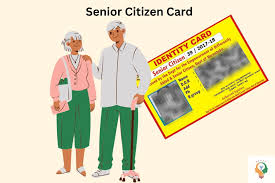
Why This Initiative Matters
Demographic Imperative
India is undergoing a demographic shift with its older population set to rise significantly. The Ministry of Social Justice & Empowerment (MoSJE) projects the 60+ group will reach about 230 million by 2036. This trend places urgency on reforms that safeguard welfare, healthcare and mobility for seniors.
Addressing Access and Fragmentation
Experts say the challenge is not only funding but administrative access. “Older persons often lose out because systems are fragmented,” said Dr Madhavi Menon, senior fellow at the Centre for Ageing Studies, Delhi University. The card aims to simplify the interface between seniors and multiple schemes.
Enhancing the Silver Economy
With increasing life-expectancy and active ageing, the “silver economy” (goods and services designed for older persons) is rising. The Government’s training, employment and wellness components of the card reflect this larger economic shift.
Implementation, Eligibility and State Variation
Eligibility & How to Apply
- Individuals aged 60 years and above typically qualify, though some benefits (such as health cover) begin at age 70.
- To apply, senior citizens must submit proof of age, residence and identity. Many states now allow online applications via the national or state portals.
- After approval, the card may be issued physically or digitally depending on state infrastructure.
State Matching and Roll-Out Variation
Since the card’s benefits are anchored in both central and state schemes, actual rollout will vary. For example:
- A district in Kanpur Nagar reported 61,000 senior citizens aged 70+ receiving Ayushman Vay Vandana cards in six months.
- In Uttar Pradesh, the Social Welfare Department will begin a drive to identify eligible senior citizens for automatic pension benefits and integrate the card processes. This means seniors should check the local state-portal for availability, application windows and variant benefits.
Related Links
What Seniors Should Check Post-Issuance
- Ensure the card is accepted at hospitals, banks and transport counters as ‘proof of eligibility’.
- Confirm which benefits apply in your state or Union territory, as concessions and rules vary by region.
- Retain physical or digital copies safely and note if the card requires renewal or upgrade.
- Keep an updated list of empanelled hospitals (especially for health-cover benefits) and designated concession services.
Risks, Challenges and Areas to Monitor
- Digital Literacy: Some seniors may struggle to access online portals or use digitised services; states must provide offline options.
- Varying Speed of Deployment: States with weaker infrastructure or fewer outreach programmes may lag the roll-out timetable.
- Awareness & Uptake: Eligible seniors may remain uninformed and thus not apply — public-information campaigns will be vital.
- Verification Burdens: Even with the card, seniors may still have to meet scheme-specific eligibility such as domicile or income criteria that may exclude them.
- Service Delivery Gaps: Hospitals, transport, banks must fully integrate systems to honour concessions and priority queues, else hallowed benefits risk being under-utilised.



